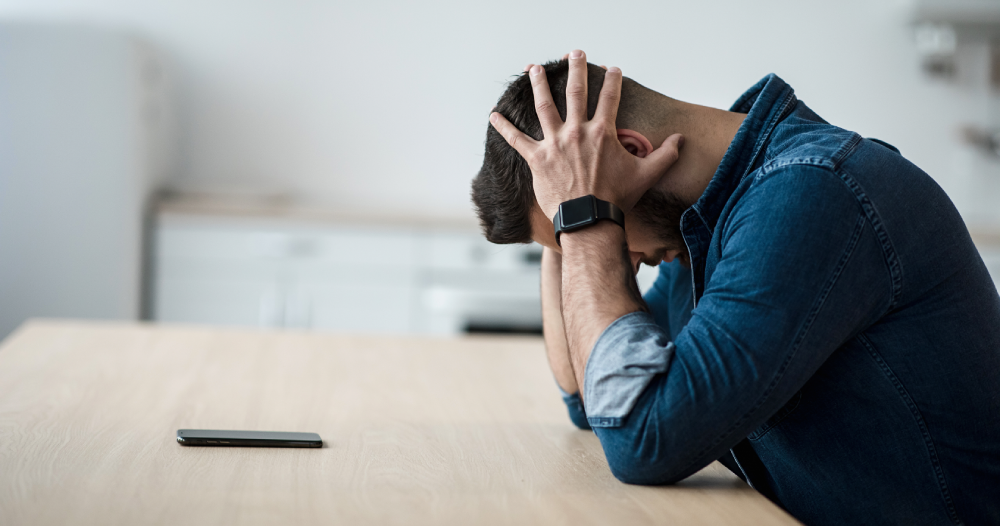Breast cancer is one of the most common forms of cancer found in women and can lead to great suffering and even death if identified too late.
With over 240,000 women and 2,100 men diagnosed each year, it’s essential to share the toll breast cancer can take on individuals and families, as well as how to detect it early on.
During this Breast Cancer Awareness Month, we’re sharing information on how to perform a self-examination to reduce the risk of breast cancer. Continue reading to learn how to conduct an early detection exam in the comfort of your own home.
Breast Cancer Prevention Self-Exam
Regular self-examinations are an easy and effective way to become familiar with the look and feel of your breasts. This can ultimately help you identify any abnormalities as well. To conduct a self-examination, follow these simple steps.
1. Choose a consistent time
It’s recommended that you perform a self-examination about once a month. For women, this exam should take place a few days after your period ends, since your breasts will be less swollen and tender. For women who are postmenopausal, this exam can take place any day of the month.
2. Pick a comfortable spot
When performing your exam, choose a spot that makes you feel comfortable; This can be in front of the mirror in your bathroom or even lying on your bed.
3. Visual examination
Once you’re settled in the spot you’ve chosen to conduct your exam, you can begin by visually inspecting your breasts. During this step, look for any changes in your breasts when it comes to the shape, size, or contour. This includes checking for lumps or even skin changes such as redness. Begin this part of the exam with your arms at your side, and continue it with your arms raised above your head.
During this portion, you should also check your nipples. Look for any discharge, peeling, or changes in direction.
4. Palpate your breasts
Use the pads of your finger to move around your breasts to identify any lumps or abnormalities. Start in a circular motion along the outer edge of your breast and move inward. Switch to a vertical strip motion and eventually a wedge motion, starting at the nipple and moving outward.
Throughout this step, be sure to apply different pressures to help you feel the tissue closest to the skin as well as deeper tissue.
It’s recommended that you conduct a portion of this step lying down with a pillow under the shoulder of the breast you’re examining. This will help spread the tissue so you can get a better feel for any abnormalities.
5. Check your lymph nodes
Place your fingers against your armpits and collarbone to identify any swollen lymph nodes.
6. Wrapping up
After you’ve followed the same steps on the other breast, you’ve finished your exam.
If you do happen to notice any changes or concerns, be sure to write those down and monitor them over the next few weeks. Breast changes are normal and nothing to get worried about. If they don’t seem to go away, it’s important to consult with your doctor to make sure they’re not a serious issue.

Here at Mason Park Medical Clinic, our physicians can help address any concerns that may present themself during your self-examination. If you have any questions regarding breast cancer prevention, early detection, or the risk of breast cancer, our providers are here to help.




